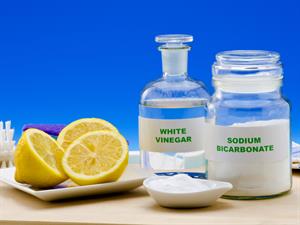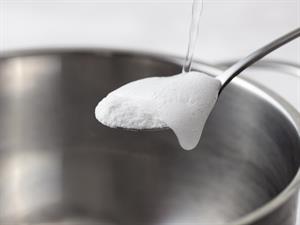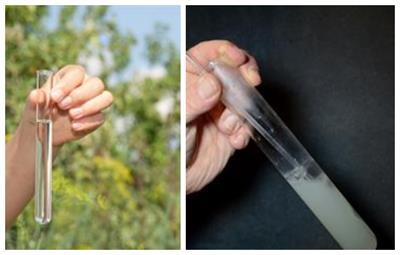PDF chapter test TRY NOW
Characteristics of Baking soda:

Reactants
- Sodium bicarbonate (sodium hydrogen carbonate) is commonly called baking soda.
- The chemical formula is .
- This is a base with a pH of 8.
- On reaction with acids sodium bicarbonate produces effervescence of CO_2 with other products such as water and salt.
- Sodium bicarbonate is used for baking as an alternative to yeast.
Characteristics of Lemon:

Citrus fruit
- This is acidic in nature.
- Lemon extract has a pH of around 3.
- Lemon contains citric acid with the formula .
Reaction:

Neutralisation reaction
The reaction of these two reactants results in salt (sodium citrate) and water formation, and the release of carbon dioxide. This reaction is known as the neutralisation reaction.
As in the case of neutralisation reaction, the acid reacts with the base and forms a salt with water and other by-products.
Observation:
- Neutralisation reaction occurs.
- Sodium citrate and water is formed
- CO_2 gas is evolved in the form of bubbles with a hissing sound.
The hissing sound is due to the evolution of gas produced.
Test to confirm the released gas is carbon dioxide:

Test for carbon dioxide
- Mix calcium hydroxide () into a small amount of water.
- The solution will be colourless.
- Now allow the collected gas into this test tube.
- The colour of the solution in the test tube turns milky white.
- The carbon dioxide that produced during the reaction is the confirmed by the presence of milky white solution.
